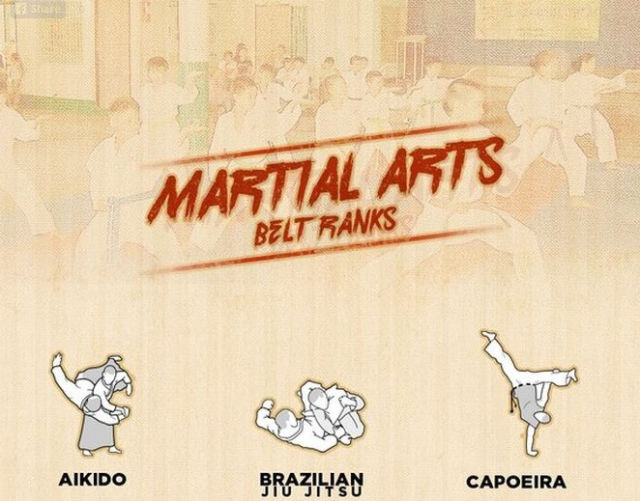Introducing The Selection Of Martial Arts Disciplines: A Guide From Martial Arts To Taekwondo
Introducing The Selection Of Martial Arts Disciplines: A Guide From Martial Arts To Taekwondo
Blog Article
Write-Up Author-Faber Joseph
Are you tired of sensation bewildered by the vast world of martial arts? With so many styles to select from, it can be very easy to obtain lost in a sea of strikes, kicks, and mysterious names. Yet worry not!
This discussion will demystify the various martial arts designs, taking you on a journey from the powerful strikes of Karate to the vibrant kicks of Taekwondo. Get ready to reveal the beginnings, techniques, and approaches behind these old art kinds.
So, tighten your belt and prepare to start an enlightening expedition into the exciting world of martial arts.
Beginnings of Martial Arts Styles
The beginnings of martial arts designs can be traced back to ancient human beings and their demand for protection and battle strategies. Throughout history, various societies developed their own special methods of fighting, each with its own set of techniques and ideologies.
In China, for example, martial arts styles such as Kung Fu and Tai Chi were developed as a means of self-defense and boosting physical and mental wellness.
In Japan, the samurai warriors produced styles like Martial arts and Judo, focusing on discipline, precision, and proficiency of the body.
In a similar way, in Korea, Taekwondo emerged as a martial art emphasizing high kicks, quick activities, and psychological perseverance.
These early human beings laid the structure for the varied variety of martial arts designs that exist today, each with its very own abundant history and social significance.
Strategies and Training Methods
To master martial arts styles, practitioners need to discover various techniques and training approaches.
why shouldn't you bully are the particular motions and actions used in fight, such as strikes, kicks, throws, and obstructs. Various martial arts styles have their very own distinct collection of strategies that specialists must master via rigorous training.
Training approaches vary relying on the style, but they normally involve a mix of physical conditioning, drills, competing, and kinds.
Physical conditioning is important to develop stamina, adaptability, and endurance. Drills assist specialists fine-tune their techniques and improve their rate and precision.
Competing allows professionals to practice their methods in a controlled, realistic setting. Types, additionally known as kata, are ironclad sequences of movements that assist practitioners develop muscle mass memory and emphasis.
Ideologies and Principles
Exploring the approaches and principles of fighting styles styles can provide you with a much deeper understanding of your picked discipline. Each fighting style has its own distinct viewpoint and collection of directing concepts that shape the means it's practiced.
For example, Martial arts emphasizes technique, respect, and self-constraint. It shows experts to focus their body and minds, allowing them to defend themselves while keeping a feeling of internal peace.
On the other hand, Taekwondo positions a solid focus on speed, agility, and versatility. Its concepts are rooted in the tenets of politeness, integrity, determination, self-discipline, and indomitable spirit.
Final thought
Now that you've discovered the beginnings, methods, and philosophies of different martial arts designs, you have a much deeper understanding of these old disciplines.
Visualize adult martial art classes near me , exercising with steady determination and emphasis, breaking through boards with a powerful punch.
Their journey showcases the devotion and strength required to grasp a fighting style, reminding us that with discipline and willpower, anything is possible.
